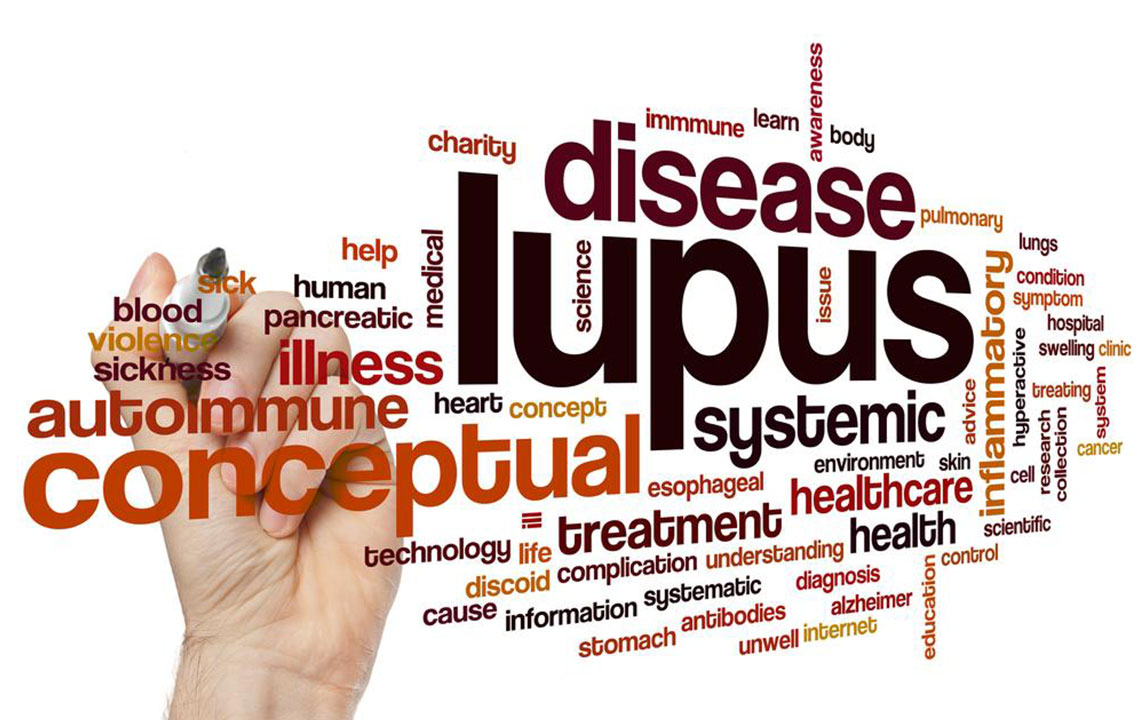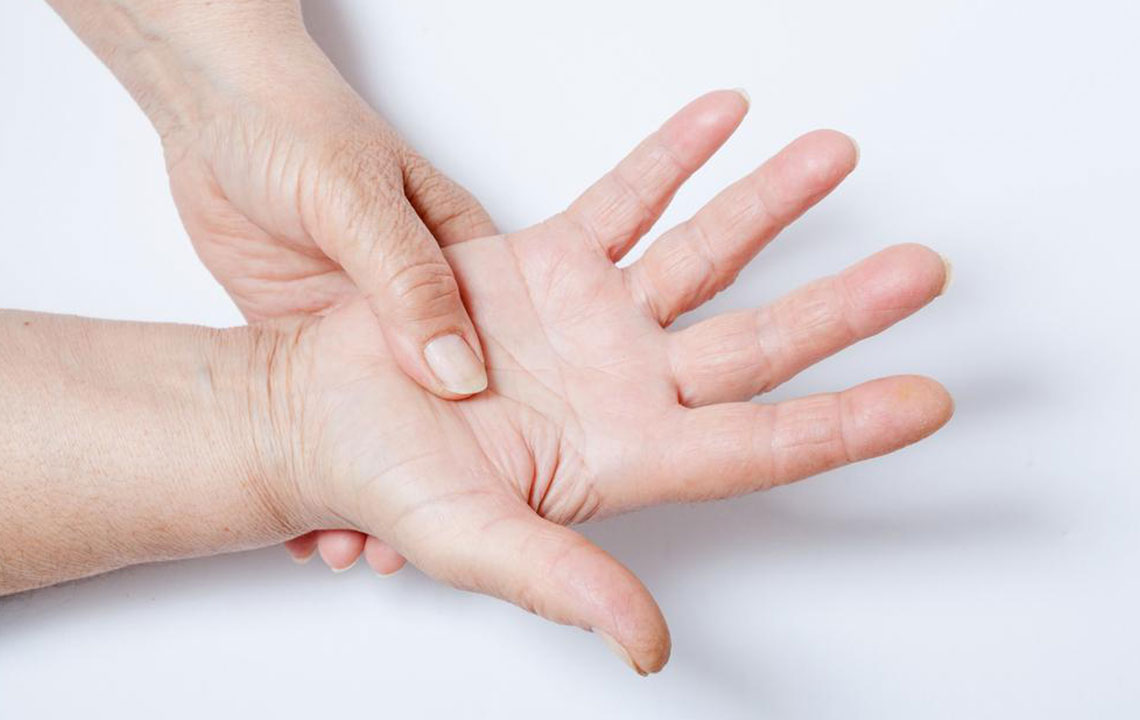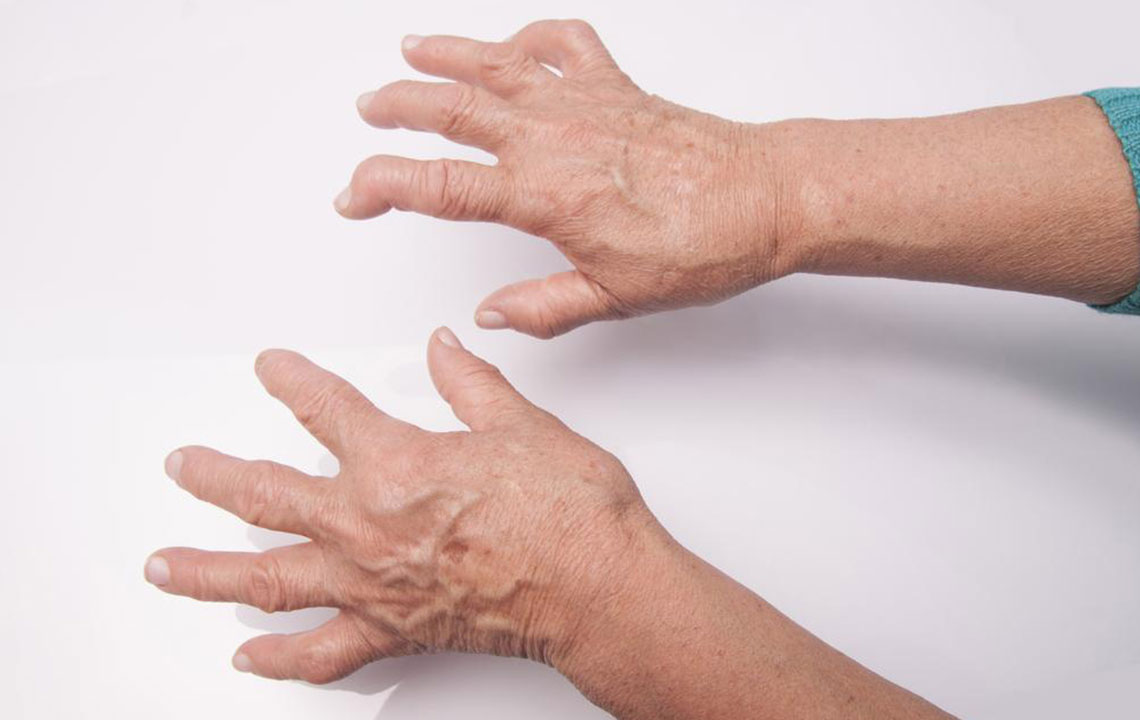Recognizing Early Signs of Lupus: Key Symptoms to Watch For
Identify the early signs of lupus with this comprehensive guide. Recognizing symptoms like butterfly rash, joint pain, fatigue, and more can lead to prompt diagnosis and better management. The article explains risk factors, common symptoms, and the importance of early medical intervention to control lupus effectively. Suitable for those concerned about autoimmune diseases, the content emphasizes awareness and proactive health measures for optimal care.

Recognizing Early Signs of Lupus: Key Symptoms to Watch For
Lupus, medically known as systemic lupus erythematosus, predominantly impacts women, with an estimated 1 in 2,100 women affected. Men are less commonly affected, but women are five times more likely to develop lupus. Additionally, black women are three times more at risk than white women. The disease often runs in families, raising the risk tenfold for those with a family history.
Early symptoms vary from mild to severe and may flare unexpectedly. Recognizing these signs early is essential for effective treatment.
Many women notice that their periods are either symptom-free or experience mild symptoms that can worsen temporarily. Common early indicators include:
Butterfly Rash
About 40% of lupus patients develop a distinctive red rash across the nose and cheeks, resembling a butterfly. This rash can appear anywhere on the face or body and can worsen with sun exposure.
Nasal Sores
Ulcers in the mouth or nasal tissues are common, painful, and should prompt medical consultation.
Hair Changes
Hair thinning or hair loss, sometimes full scalp loss, may occur, often accompanied by dry, scaly scalp. Proper diagnosis is needed, as other conditions like rheumatoid arthritis can also cause hair loss.
Persistent Fatigue
Fatigue that persists despite rest may be an early sign, often caused by the physical and emotional toll of lupus.
Low-Grade Fever
A mild fever between 99°F and 100°F might signal lupus activity or infections in affected individuals.
Frequent Infections
Due to immune suppression, people with lupus are prone to recurrent infections, requiring prompt medical attention.
Joint Pain and Stiffness
Pain, swelling, and morning stiffness in multiple joints are typical early symptoms, sometimes appearing years before diagnosis.
Cold Sensitivity
Fingers and toes turning white or blue in response to cold, known as Raynaud's phenomenon, is common.
Eye Discomfort
Redness, dryness, or irritation of the eyes may occur early in lupus development.
Early detection and medical consultation can help manage lupus effectively, mitigating further health complications.
Note:
Our blog provides diverse, research-based information to assist readers in understanding medical conditions. However, the content should not replace professional medical advice. The team is not responsible for discrepancies or inaccuracies from other sources. Always consult healthcare professionals for diagnosis and treatment plans. Some information or offers not covered here may benefit you more—please seek personalized advice.










